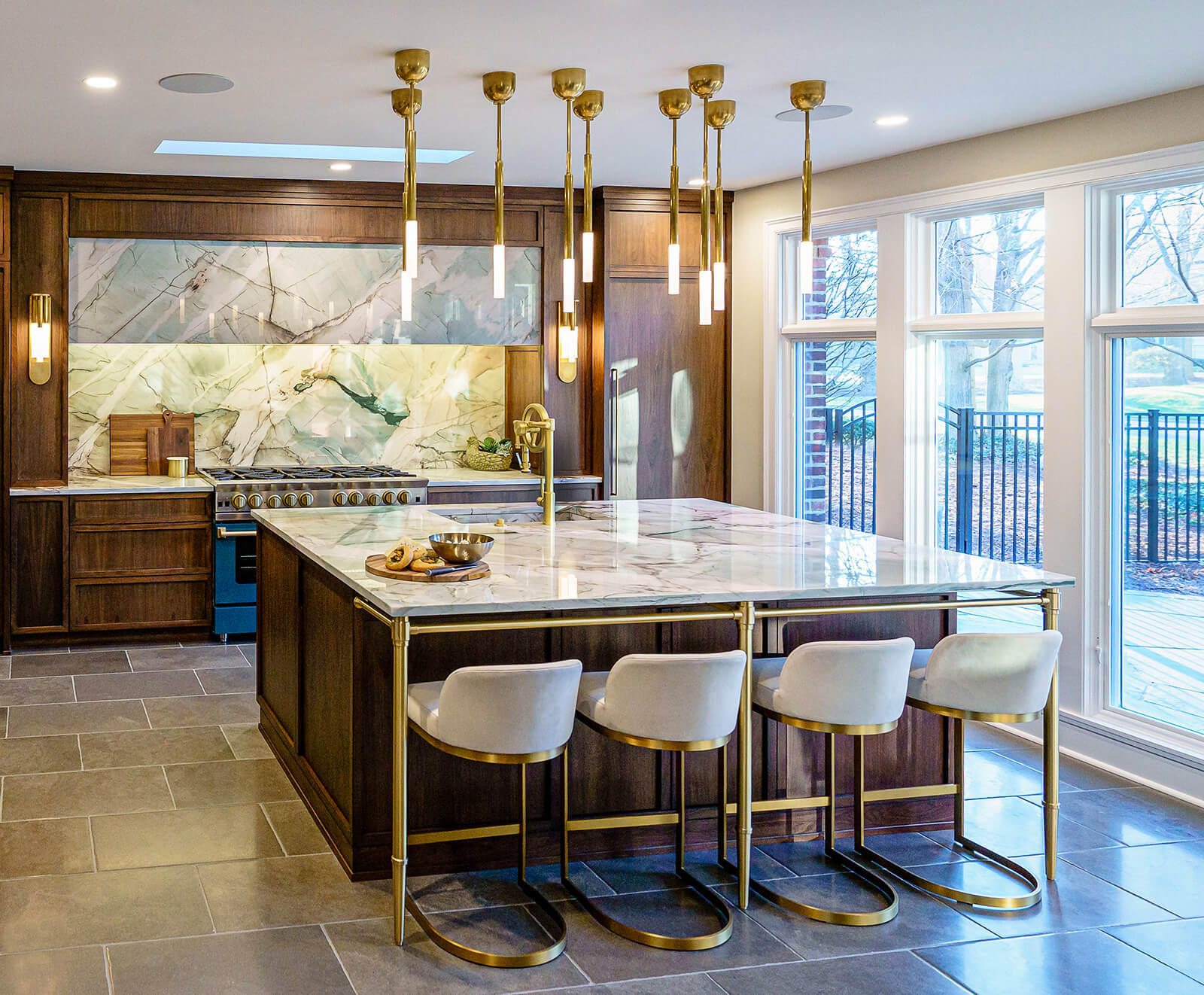An Overview to Choosing the Perfect Legs For Cooking Area Island for Your Home
Picking the perfect legs for your kitchen island is a nuanced choice that influences both the functionality and visual appeal of this central area. As you take into consideration these aspects, it ends up being noticeable that the appropriate legs can change not just the appearance of your kitchen area yet also its usability for years to come.

Comprehending Kitchen Area Island Legs
When selecting legs for a kitchen island, it's necessary to comprehend their functional and aesthetic functions in the total layout. The legs function as a critical support system, making certain stability and resilience for the island, which often operates as a work area, eating location, or gathering place. Therefore, the choice of material and building strategy have to be durable enough to hold up against day-to-day usage and prospective wear.
In enhancement to their structural obligations, legs contribute considerably to the island's aesthetic appeal. They can boost the kitchen's design, whether through traditional, modern, or diverse styles. The height and percentage of the legs are also essential factors to consider; they must balance with the island's kitchen counter height while making sure comfortable seating for those using the area.
Moreover, the leg design can influence the total flow of the kitchen area. Open, ventilated leg styles can develop a feeling of agility, while solid, substantial legs might convey an extra grounded and steady visual - Legs For Kitchen Island. Understanding these practical and visual aspects will certainly assist home owners in making informed selections that complement their cooking area's design and improve its functionality
Popular Styles and Materials
The selection of legs for a kitchen island incorporates a selection of prominent styles and products, each offering special features that can improve both performance and looks. Among the most in-demand styles are modern, rustic, and standard. Contemporary legs often include streamlined, minimalist layouts that highlight simplicity and tidy lines, making them perfect for modern-day kitchen areas. Rustic styles, on the various other hand, embrace all-natural elements and often display reclaimed timber or distressed coatings, including heat and appeal to the space. Standard legs usually show elaborate information and craftsmanship, boosting classic cooking area designs.

Elevation and Security Considerations

Security is an additional important factor to consider. The legs of the kitchen island should give appropriate support, ensuring that the framework can stand up to daily usage without moving or wobbling. Product selection plays a substantial function in stability; steel legs, for instance, often tend to provide check better stamina compared to wood. Additionally, making sure that the island is securely secured to the floor or wall surface can enhance security, particularly for bigger islands that might bear substantial weight.
Matching Your Kitchen Area Visual
Choosing the ideal legs for your cooking area island goes past capability; it additionally plays a substantial duty in the total visual of the room (Legs For Kitchen Island). When picking legs, take into consideration the layout style of your cooking area.
Legs that enhance or contrast with your island's surface and surrounding cabinetry can develop aesthetic consistency or striking focal factors. Additionally, think about the surface of the legs; matte, glossy, or textured surfaces can considerably impact the total feeling of the kitchen.
Installment and Maintenance Tips
Setting up kitchen island legs needs mindful attention to information to ensure both security and aesthetic charm. Make use of a stud finder to locate wall surface studs if you are attaching the legs to a wall or making use of brackets for added support.
When safeguarding the legs, use high-grade screws and, if required, timber adhesive for additional stamina. For steel legs, guarantee that you are utilizing ideal anchors and tools to avoid damages to your flooring. It is recommended to examine for levelness after installment, making adjustments as needed to prevent tottering.
Upkeep is just as important for durability - Legs For Kitchen Island. Consistently check the legs for any signs of wear or loosening, especially in high-traffic locations. Tidy the legs with an ideal cleaner, staying clear of unpleasant products that might damage the surface area. For wood legs, consider applying a timber conditioner occasionally to keep their coating. By adhering to these installation and upkeep tips, you can ensure that your kitchen island legs remain both visually appealing and functional.
Conclusion
In conclusion, picking the ideal legs for a kitchen area island requires careful factor to consider of elevation, stability, and visual compatibility. By selecting appropriate materials and designs that line up with the overall cooking area style, functionality can be boosted while preserving visual allure. Appropriate installation and recurring maintenance further add to the longevity and durability of the kitchen island. Inevitably, thoughtful leg choice plays an important role in boosting both the functionality and design of the cooking area area.
When selecting legs for a cooking area island, it's important to recognize their visual and practical roles in the general layout. Open, airy leg click this site styles can create a sense of agility, while strong, substantial legs may communicate an extra grounded and steady visual. The legs of the kitchen island must give sufficient assistance, ensuring that the structure can stand up to day-to-day usage without changing or tottering.Installing kitchen island legs needs mindful focus to detail to guarantee both stability and visual charm.In verdict, picking the appropriate legs for a kitchen island requires cautious factor to consider of over here elevation, security, and visual compatibility.